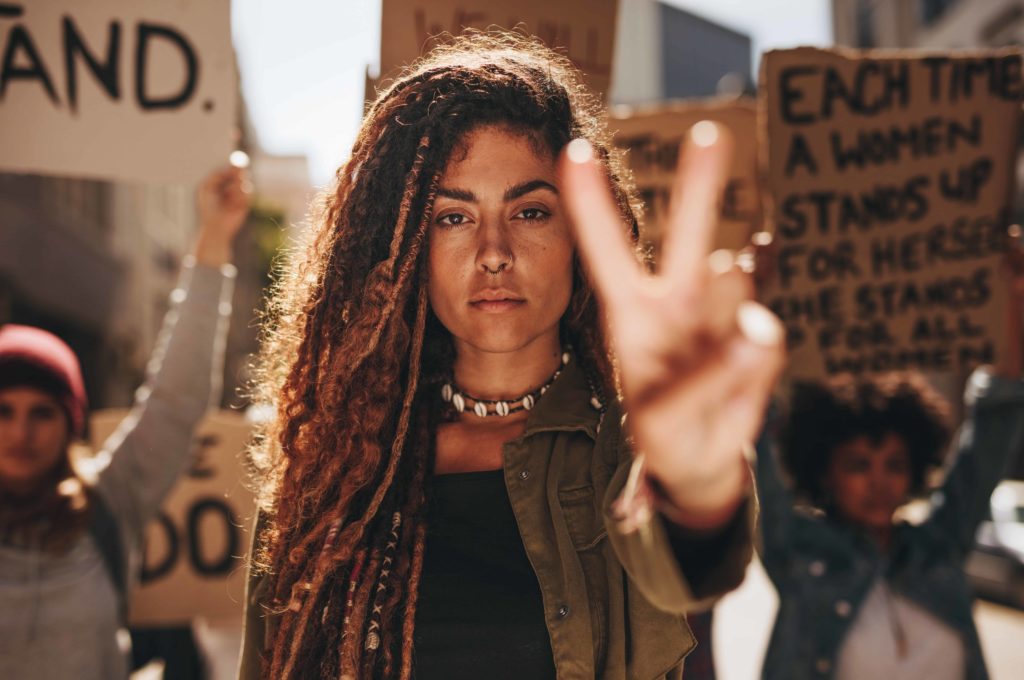
Overcoming negative moments in life does not simply happen.
For many immigrants, nowhere is this more true than in overcoming abusive relationships with a person they both love and fear.
Many immigrant who are victims of domestic violence and physical abuse feel trapped in their relationships.
It requires taking actions to change and the courage to take those actions.
They worry that without their partner, no matter how badly they are mistreated and harmed, there is no path to permanent residence.
They’re wrong.

In a long overdue policy shift designed to help victims of certain types of crimes, the Biden Administration has announced a new process, known as Bona Fide Determinations (BFD) for U Visa applicants.
These procedures will enable the government to speed up the issuance of temporary work permit applications and grants of deferred action for immigrants who seek protection from perpetuators of domestic abuse.
The program was created by Congress to strengthen the law enforcement community’s ability to investigate and prosecute cases of domestic violence, sexual assault, human trafficking, and other crimes, while also offering protection to victims.

A few weeks ago, USCIS announced that I-130 petitions can now be filed via the internet.
The I-130, known as the Petition For Alien Relative, is the first step in the green card process. Its purpose is to prove the family relationship between a U.S. citizen or green card holder and an immigrant relative.
Most news stories note how this development speeds up the green card process. They portray the change as a positive, pro-immigrant measure.
The new filing procedure is a step in the right direction. Yet, the change warrants cautious optimism for immigrants and their families.

According to AILA, ICE and contractors have started to conduct a “voluntary” 30-minute survey that affects Central American clients.
ICE has noted “answers to the survey will not be used for any enforcement purposes.”
So why worry?

My client, an immigrant from China, had been summoned to an interview with the U.S. Citizenship and Immigration Services (USCIS).
Prudence dictated hiring a certified translator to attend the appointment with us.
My client was only 30 – 40% fluent in English. I know 0% Chinese.


After waiting 2 1/2 hours, my client was finally called for her green card interview.
We headed to the hallway door to meet the U.S. Citizenship and Immigration Services officer. I extended my right hand to greet the officer and introduce myself. He turned and walked away. With his back to us, he said, “Follow me.”
My client’s face turned colorless. Fear ran up and down her spine.











